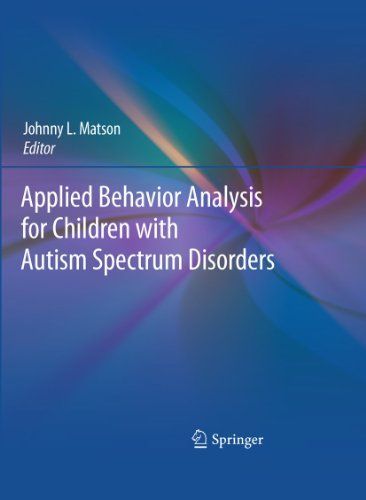
Applied Behavior Analysis for Children with Autism Spectrum Disorders
Autism was once thought of as a rare condition, until the Centers for Disease Control and Prevention’s Autism and Developmental Disabilities Monitoring Network released the statistic that about 1 in every 150 eight-year-old children in various areas across the United States is afflicted by an autism spectrum disorder, or ASD. This news led to a dramatic expansion of research into autism spectrum disorders and to the emergence of applied behavior analysis (ABA) as the preferred method of treatment, even among prescribing practitioners. Applied Behavioral Analysis for Children with Autism Spectrum Disorders ably synthesizes research data and trends with best-practice interventions into a comprehensive, state-of-the-art resource. Within its chapters, leading experts review current ABA literature in depth; identify interventions most relevant to children across the autism spectrum; and discuss potential developments in these core areas: Assessment methods, from functional assessment to single case research designs. Treatment methods, including reinforcement, replacement behaviors, and other effective strategies. The role of the differential diagnosis in ABA treatment planning. Specific deficit areas: communication, social skills, stereotypies/rituals. Target behaviors, such as self-injury, aggression, adaptive and self-help problems. ASD-related training concerns, including maintenance and transition issues, and parent training programs. This volume is a vital resource for researchers, graduate students, and professionals in clinical child and school psychology as well as the related fields of education and mental health.